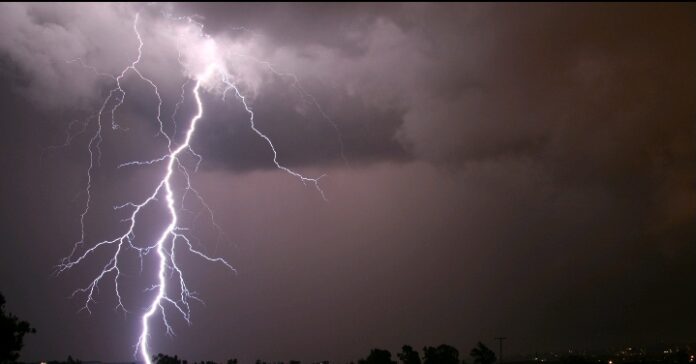Thunderstorms are known for their rain, lightning, and strong winds. But did you know they can also cause breathing problems for some people?
During storms, the air can fill with tiny particles that make it harder to breathe, especially for those with asthma or allergies.
When a thunderstorm hits, several things happen that can affect our breathing:
1. Tiny Pollen Particles: The wind and humidity from the storm can break large pollen grains into tiny pieces. These small particles can go deeper into the lungs, making it easier for them to trigger asthma symptoms.
2. More Mold Spores: Thunderstorms bring moisture, which helps mold grow. The strong winds can blow mold spores into the air, making it easier to inhale these allergens and worsen breathing problems.
3. Wind Spreads Allergens: The wind during a storm can carry pollen and mold spores far and wide, making the air more filled with allergens. This can cause sudden and severe asthma attacks, known as “thunderstorm asthma.”

Who Is Most at Risk?
People with asthma, hay fever, or other breathing issues are most at risk during thunderstorms. Even those with mild allergies might find their symptoms getting worse.
How to Stay Safe
– Stay Indoors: Keep windows and doors closed.
– Use Air Purifiers: These can help clean the air inside your home.
– Avoid Outdoor Activities: Stay inside during the storm to reduce exposure.
By taking these steps, you can help protect yourself from thunderstorm-related breathing problems.




